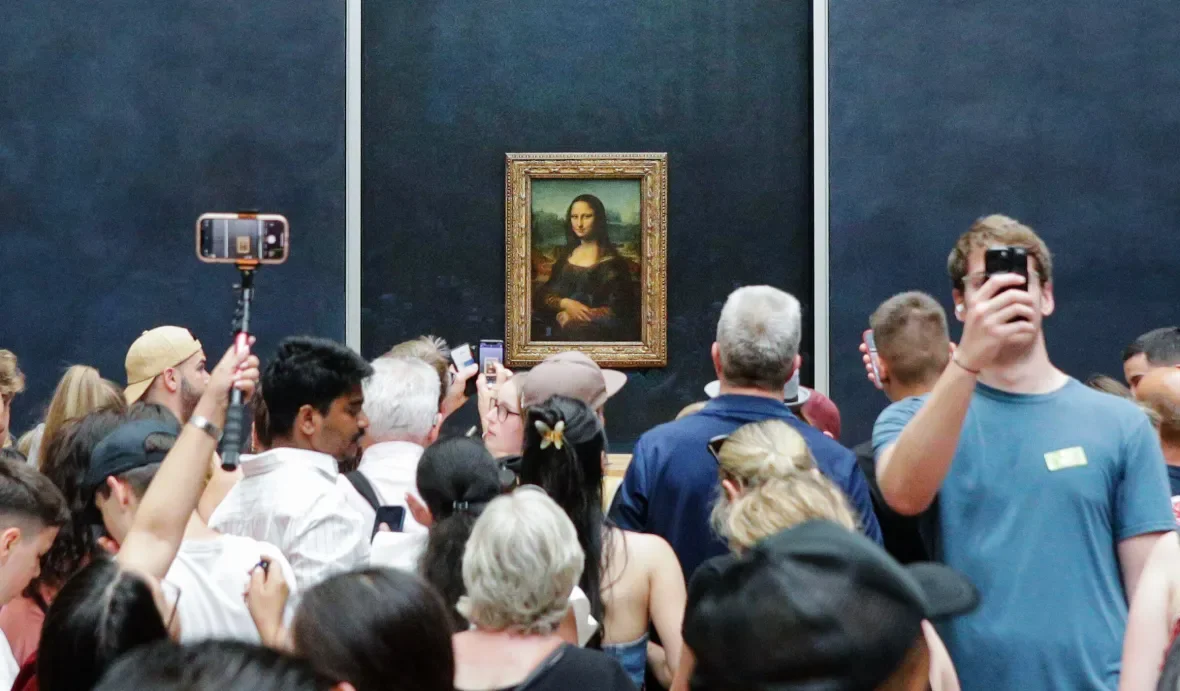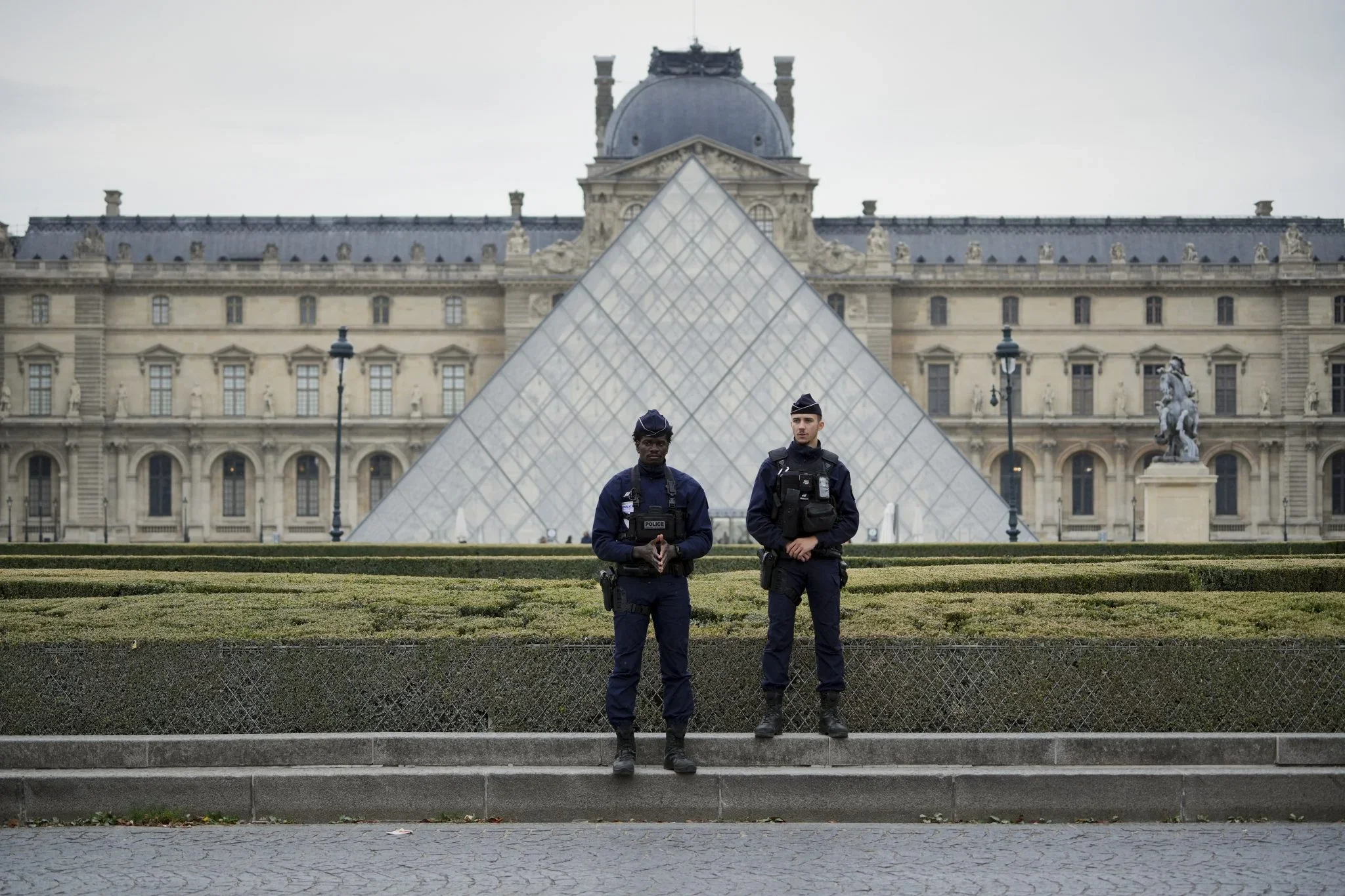MUSEUM FATIGUE
a film project about the past/present/future of the museum
a film project about the past/present/future of the museum
The main idea of Benjamin Ives Gilman’s “Museum Fatigue” (1916) is that the exhaustion experienced by museum visitors arises largely from the physical strain required to look at objects displayed in poorly designed cases, rather than from any natural limit of human attention. Through photographic documentation, Gilman shows that visitors must bend, crouch, twist & stretch simply to see objects or read labels because cases are too deep, too low, too high or overcrowded. He argues that these traditional case designs function more like storage than true exhibition, making meaningful viewing nearly impossible. After 100 years later, we have all the hi-tech, well-designed, highly-secured museums, yet we still suffer from museum fatigue.
I liken today’s museums architecturally to shopping malls, structurally to cemeteries, and functionally to prisons (1). Museums, pressured to compete with commercial entertainment, have transformed into event-like, interactive attractions - often driven by spectacular architecture - yet in doing so they risk losing their distinctive character and becoming increasingly similar to shopping malls. Visiting a museum resembles visiting a cemetery, as the same reverent silence reflects the idea that artworks are “dead” objects given their final resting place within its walls. We know that statues also die, but maybe they don’t belong to museums? They are highly secured by the guards and security systems as like prisons.
Screenshots by the author
Screenshots by the author
Screenshots by the author




